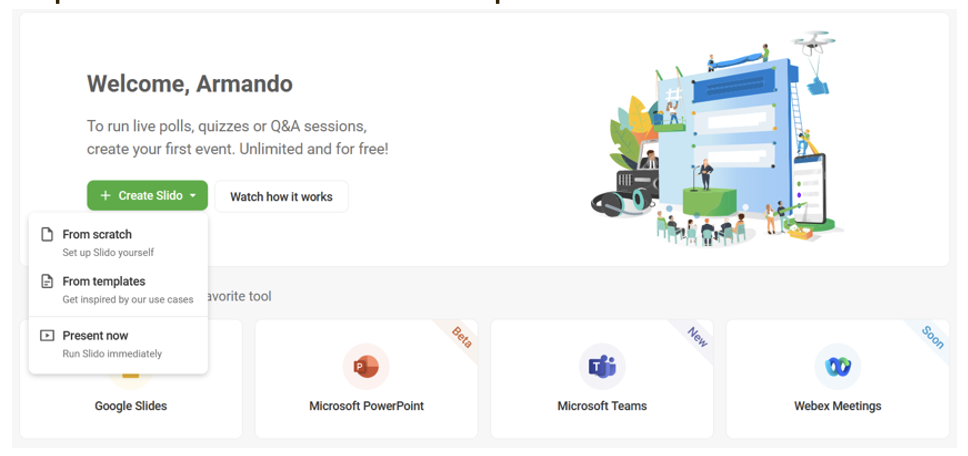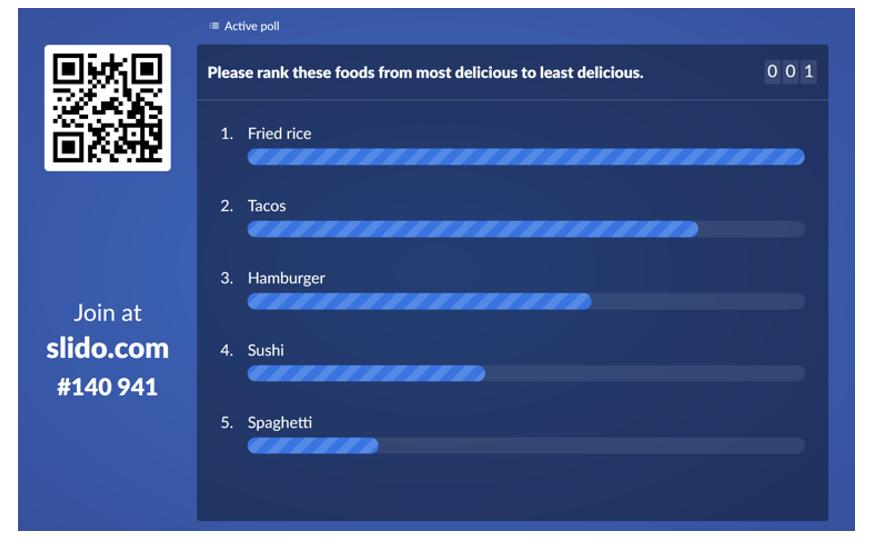Introduction
The spread of the COVID-19 pandemic at the beginning of 2020 created a worldwide shift to virtual teaching. Teachers and students had to learn the inner workings of a variety of programs and applications such as Zoom, Google Classroom, Moodle, MSTeams, and Blackboard. Teachers learned how to conduct virtual sessions, yet some problems with online teaching persist two years later. These problems include declining student motivation, difficult keeping track of student progress, internet connectivity issues, and a lack of the knowledge required to utilize applications (Gurung, 2021).
Of the virtual meeting platforms listed above, Zoom has seen an explosive growth in use since the start of the pandemic. According to Dean (2021), Zoom recorded a daily participant base of 300 million users in April, 2020. Data gathered from Appfigures indicated that half of Zoom’s userbase on the iPad and iPhone platforms is under 35 years old (Dean, 2021). This indicated that schools and universities were implementing this software to conduct their online classes.
Licensed Zoom accounts – paid for with monthly subscription fees by users or their institutions/agencies – received upgraded conference features unlike the free accounts (Polling for meetings, 2021). This included Zoom’s polling feature (Ajaay, 2020). However, the polling feature remains unchanged no matter which of the three licensed account levels a subscriber uses. No increased polling features are offered even if users pay the higher subscription fee to convert their account from ‘pro’ to ‘business’. While Zoom’s built-in polling feature can be used right away, some drawbacks to using this feature include “[a]n awkward interface for creating and downloading polls; [n]o way for in-person & remote students to take part ; [o]nly multiple-choice questions and no integrated images” (Tips for using Zoom’s built-in polling, n.d.). Teachers from other institutions of higher learning have found that Zoom’s polling traits are difficult to handle in real time during classes (Baack & Flater, 2020). These features are available in a separate application – Slido (www.sli.do).
Getting Started in Slido
New users are given the option to either sign up, i.e., create a new account, or sign in using their Google or Webex accounts. Creating a new account entails entering a first and last name, an email address, and choosing a password. For students who would join as participants, creating an account is not required. Students have the option of entering an event code provided by Slido or scanning a QR code to join.
Once users log in, they will see the Slido user page (Figure 1). From this page, users have the ability to create a Slido. In this context, “a slido” is a poll, or many polls grouped together in one event. For example, a single Slido event can contain several polls or quizzes. A poll or quiz is inactive until the teacher activates/plays it, which then allows students to start answering the questions. Users have the option to make a new Slido from a list of existing templates, such as Team Meeting or Online Lecture, which contain three designed activities users can implement immediately. For example, the Team Meeting template may
include two multiple-choice polls and one word-cloud poll.

Figure 1. The Slido home page after logging in.
Users can also create a new Slido event and select the types of polls they want to implement. Templates include: multiple choice, quiz, rating, ranking, word cloud, and open text. ‘Multiple choice’ serves either as a quiz or poll, while ‘quiz’ introduces a leaderboard where students can see their aggregate score in relation to their classmates’ score. Rating allows teachers to create Likert scale questions, while ranking asks students to put items in order from best to worst, most to least important, etc. A word-cloud activity allows students to answer an ungraded question, the answer to which will then appear as a word cloud. Open text allows students to write a short answer to a poll question.
Student Participation and Teacher Controls
When a Slido event is created and populated with polls, teachers need to activate the poll they want students to answer. The question then turns ‘live’ and students can work on it. Each poll created in a Slido event is assigned a short numerical code which teachers can share with students. Students can join Slido events using either personal computers or smartphones.
Upon joining a Slido event, students have access to all active/live polls and they can choose the poll they want to work on. Teachers monitor students’ performance on the spot. When teachers deactivate a poll, students will have no access to it. Teachers also have the administrative power to lock voting, restricting further votes without shutting down the poll, and hide results from students. Another option available for teachers is the ability to schedule a self-activated poll at a specific time and keep it active for the period specified.
It is possible to keep the poll active for any number of minutes up to 120 by selecting from a drop-down menu. It is possible for teachers to keep a poll open for longer than 120 minutes by manually entering the number of minutes. Teachers can also reset the results of a poll and an activated poll can be edited without interrupting students’ participation. Teachers can choose to display the results of the poll in full-screen mode and the results will be updated in real-time. This method of display also includes a QR code if students join Slido via mobile phones, or a numerical code if they use personal computers. One feature available to students at all times, regardless of whether a poll is active or not, is question and answer ‘Q&A’. Students who join a Slido event can engage in Q&A with the teacher and their interaction can be followed and commented on by other students. Teachers can answer questions, make questions more visible, mark questions as important, and send questions to the archive when students submit the answers. Q&A events can also be displayed full screen.

Figure 2. Displaying poll results in full-screen mode.
Advantages over Zoom Polls
The University of Washington in St. Louis outlined some challenges using Zoom’s native polling feature (Tips for using Zoom’s built-in polling, n.d.). Using Slido overcomes some of these challenges. In Slido’s method of student participation, a hybrid teaching context where some students are in a classroom while others join via conference software like Zoom, all are able to participate virtually. Slido events feature a variety of polling options not available in Zoom. For example, quizzes can be created and implemented on Slido. Unlike Slido, Zoom does not have a ranking poll. Images can be uploaded to Slido polls, but not in Zoom’s basic or licensed user accounts.
Slido, however, is not a video conference platform. Therefore, implementing a Slido poll requires the use of software, such as Zoom. Zoom’s polling feature will redirect users from the Zoom platform to a web page where polls are created and later can be imported into a Zoom meeting in progress. Slido polls must also be created off-site, meaning off Zoom, and then made available to students via QR code or by directing students to go to Slido’s home page. Zoom’s polls, however, can be conducted within the Zoom software.
Slido users begin with limited free accounts. With a free account, a user can only add up three polls to a single Slidoevent. However, there is no limit to the number of Slidos a user can create. Upgraded Slido accounts come with more features, like the ability to password-protect a Slido event and the option to embed Slido within an existing website. The six types of polls – multiple choice, word cloud, quiz, rating, open text, and ranking – are available to all users while a seventh poll – survey – is only available to paid users.
Conclusion
Zoom, in addition to a variety of learning management systems, saw an increase in users in early 2020 due to the spread of the COVID-19 pandemic. Dean (2021) tells us that Zoom’s user base of people under 35 has grown by millions of people, indicating a strong presence in both professional and educational environments. Teachers in online and hybrid teaching contexts must be able to provide an interactive learning experience for their students and polls is one way to achieve higher levels of interaction between students. Within Zoom itself, polls is the only other interactive feature available to teachers aside from creating breakout rooms. The University of Washington in St. Louis (n.d.) points out that Zoom polls do not allow students who are in separate groups, such as in a hybrid setting, to interact through the poll and that images cannot be inserted into polls. Meanwhile, creating polls through a free Slido account enables teachers to create multiple choice quizzes, as well as ranking polls, word cloud activities, and image integration. These and other features, which are missing from Zoom, make Slido a better alternative for teachers in online and hybrid teaching settings.
References
Ajaay. (2020, 14 October). How to poll in Zoom: Enable polling and create, start, stop, share, and download poll results. Nerds Chalk. Retrieved September 3, 2021 from https://nerdschalk.com/how-to-poll-in-zoom
Baack, E., & Elliot, E. Incorporating clickers and polls into your classroom [Video]. YouTube. https://www.youtube.com/watch?v=JfxoyYFKG40
Dean, B. (2021, 6 January). Zoom user stats: How many people use Zoom in 2021? Backlinko. Retrieved September 3, 2021, from https://backlinko.com/zoom-users
Gurung, S. (2021). Challenges faced by teachers in online teaching during COVID-19 pandemic. The Online Journal of Distance Education and e-Learning, 9(1). 8-18. https://tojdel.net/journals/tojdel/articles/v09i01/v09i01-02.pdf
Polling for meetings (2021). Zoom Support. Retrieved September 3, 2021, from https://support.zoom.us/hc/en-us/articles/213756303-Polling-for-meetings
Tips for using Zoom’s built-in polling (n.d.) Center for Teaching and Learning, Washington University in St. Louis. Retrieved September 3, 2021, from https://ctl.wustl.edu/wp-content/uploads/2021/03/Tips-for-Zoom-Polling_2021-01-10.pdf

